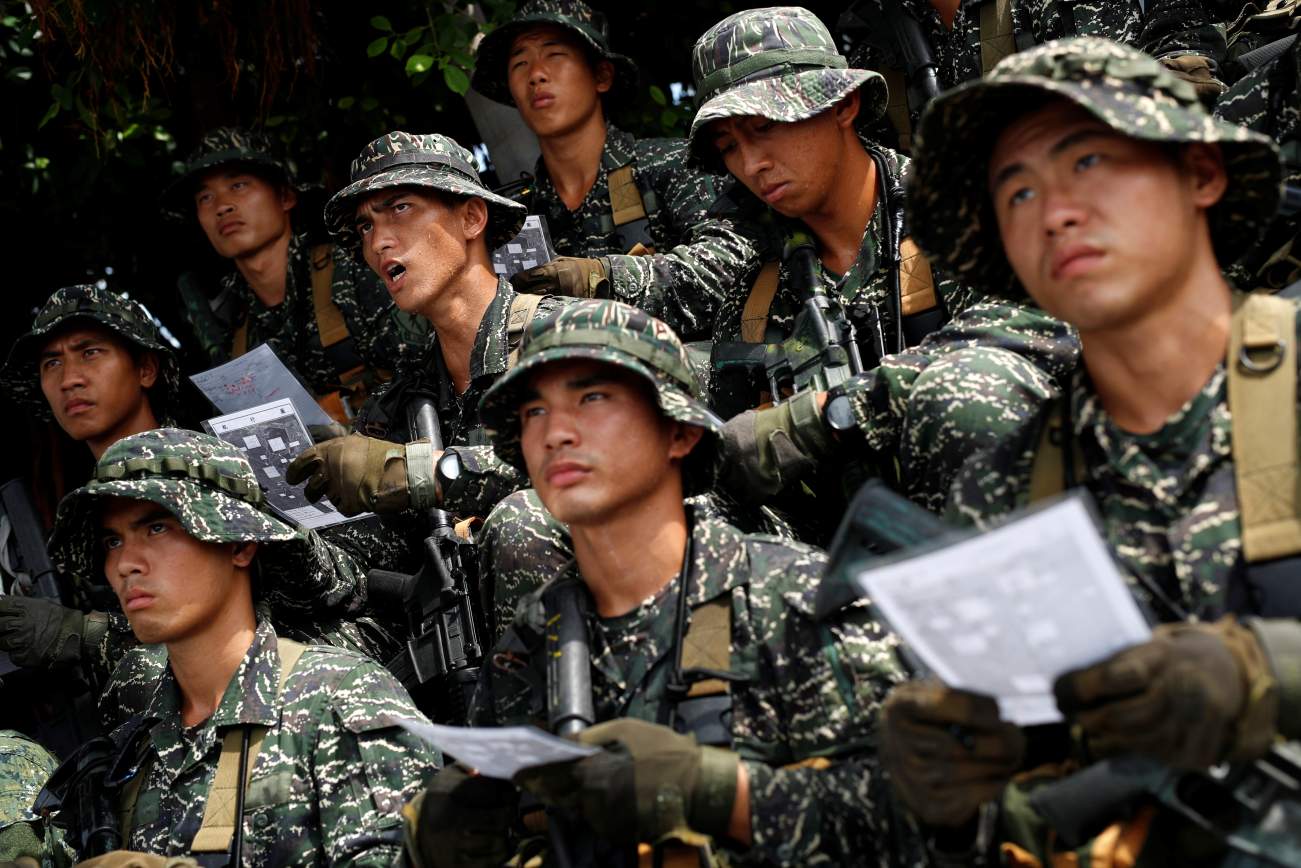by Katsuya Yamamoto
 On June 8, 2018, Japan and China launched a communication mechanism between their defense authorities to avert accidental clashes in the air and on the sea. This is a huge achievement for the two countries, but it still leaves a major outlier, which has direct security relevance for Japan. In fact, the only remaining neighbor who cannot communicate smoothly with other defense authorities is Japan’s neighbor to the southwest: Taiwan.
On June 8, 2018, Japan and China launched a communication mechanism between their defense authorities to avert accidental clashes in the air and on the sea. This is a huge achievement for the two countries, but it still leaves a major outlier, which has direct security relevance for Japan. In fact, the only remaining neighbor who cannot communicate smoothly with other defense authorities is Japan’s neighbor to the southwest: Taiwan.
Six Neighbors
Japan is an island country surrounded by the sea on all sides and faced with six neighbors across those seas. Counterclockwise from the north, Japan’s neighbors are Russia, the Republic of Korea (ROK), China, Taiwan, the Philippines and the Northern Mariana Islands, and they all border Japan’s Exclusive Economic Zone (EEZ).
The EEZs of the Northern Mariana Islands and Japan touch each other near the southeast of Minami-Iou-toh in Japan’s Ogasawara Islands. The Northern Mariana Islands are a Commonwealth of the United States. Therefore, the U.S. Armed Forces and Coast Guard are in charge of the defense and maritime law enforcement of the Northern Mariana Islands. The remaining five neighbors hold reasonable capability for naval power and maritime law enforcement necessary to control their own territorial waters and EEZ.
Since August 1945, Russia has illegally occupied Japan’s Northern Territories (which Russia calls the Southern Kurils), including Kaigara-jima Island located approximately two nautical miles off Cape Nosappu of Hokkaido. As a result, the territorial waters and EEZ which both countries claim overlap, yet Japan and Russia have not concluded a peace treaty. However, Japanese and Russian defense and law enforcement authorities have had various exchanges and communications, including joint exercises. Additionally, the Incidents at Sea agreement between Japan and Russia, signed by both in 1999, has become an effective means for accident prevention and has helped build confidence on both sides.
The Republic of Korea has, from Japan’s point of view, illegally occupied Takeshima (known by the South Koreans as Dokdo) in the Sea of Japan since 1953. This created another situation where the territorial waters and EEZs of both countries overlap. Additionally, the ROK claims the continental shelf in the East China Sea. However, the ROK is allied with the United States, and this alliance has helped to build various channels and frameworks between both Japanese and Korean defense and law enforcement officials and has included joint exercises.
The Philippine EEZ overlaps with Japan’s Sakishima Islands near Okinawa. The borders of the two countries’ EEZ are based on the principle of a median line as defined in the United Nations Convention on the Law of the Sea (UNCLOS). Like the ROK, the Philippines is allied with the United States. This alliance has also helped to build relations on many levels between Japanese and Philippine defense and law enforcement officials. For example, the Philippine Navy has received aircrafts from Japan Maritime Self-Defense Force (JMSDF), and the Japan Coast Guard (JCG) has provided patrol vessels to the Philippine Coast Guard.
China insists that almost all of the East China Sea is within their EEZ. Their excessive claim includes the continental shelf, and China has been pushing forward to develop undersea resources for themselves, despite Japan’s rights and their own public statements, such as the Joint Press Statement for Cooperation between Japan and China in the East China Sea in 2008. China also claims the Senkaku Islands as their own territory and deploys fishing vessels and Coast Guard ships to operate in and around the Senkakus. While China has not been transparent in the East China Sea, it did agree to a framework in 2018 for preventing collisions between Japan Self-Defense Forces (JSDF) and People’s Liberation Army (PLA). Despite the more recent lack of transparency, past efforts at normalization of Sino-Japan relations in 1972 created opportunities for exchanges and communicating intent at the minister level and between JSDF and PLA units and individuals, including joint exercises. These exchanges continue today. For example, some JSDF officers studied in the PLA National Defense University, and some PLA officers studied in the National Institute for Defense Studies in Japan, which is the equivalent to the National Defense University. Additionally, many JSDF and PLA officers exchange with each other annually through the support of non-governmental organizations.
Only Taiwan remains as the neighbor which shares a border with Japan, but has no communication framework linking Taipei and Tokyo.
Un-Transparent Power, Taiwan Military Capability
Almost all Japanese people feel a kinship with Taiwanese people. But Japan does not understand Taiwanese military powers. Japan sees no Taiwan military, hears no Taiwan military and speaks no Taiwan military.
Generally, Japanese citizens believe that Taiwan is their friendliest neighbor. Also, Taiwan citizens recognize Japan as the best friend in the world. But, after normalization of Sino-Japan relations over forty-five years ago, Japan-Taiwan relations were downgraded, and currently only exist on an informal basis. Therefore, JSDF and Taiwan armed forces have not had any communication with each other.
No comments:
Post a Comment